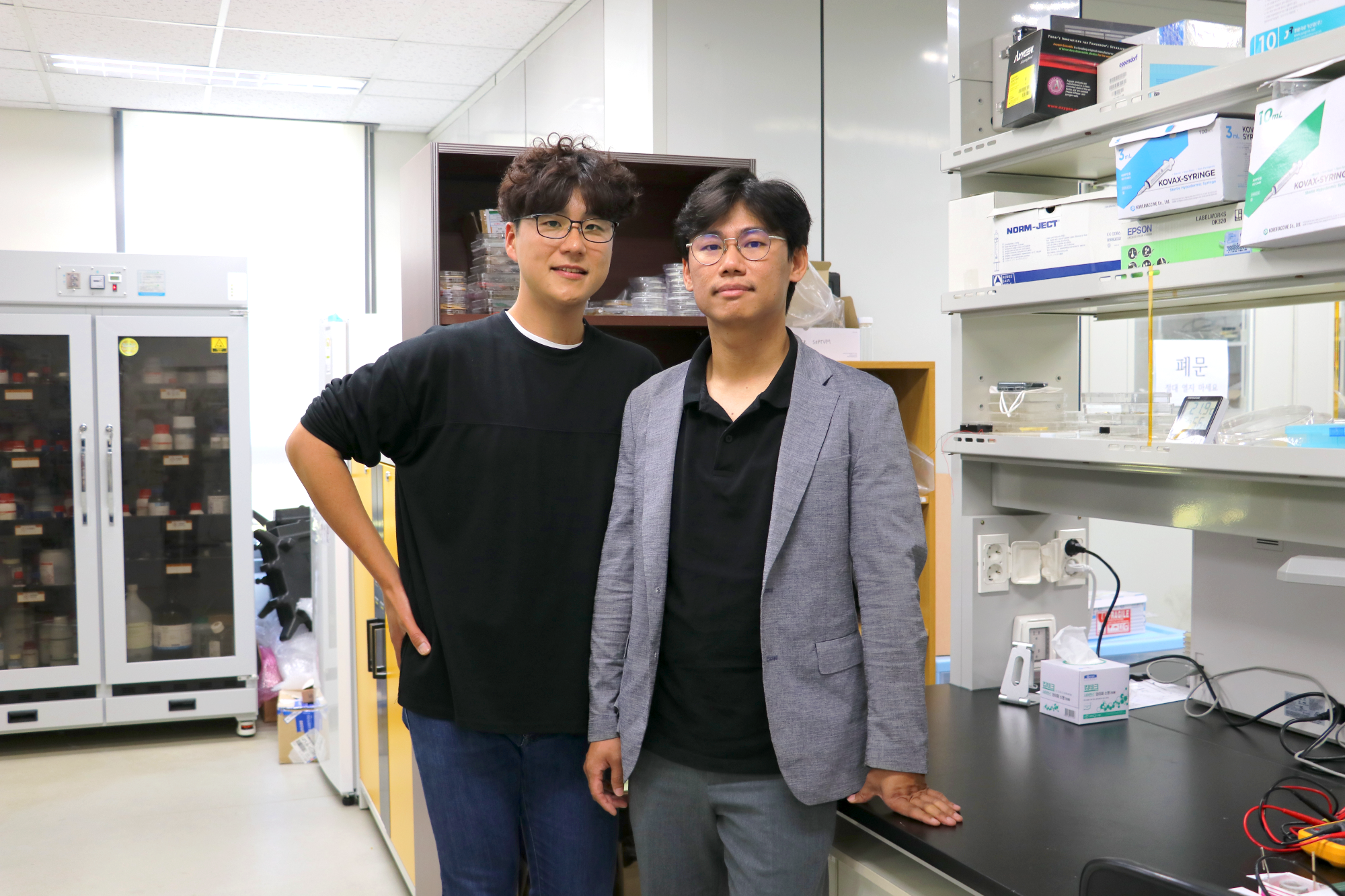Reviewed by Emily Henderson, B.Sc.Nov 17 2022
A team of scientists guided by Professor Ju-Hyuck Lee of the Department of Energy Science and Engineering at Daegu Gyeongbuk Institute of Science and Technology (DGIST; President Yang Kuk) created a static prevention technology by employing a triboelectric nanogenerator.

Image Credit: Daegu Gyeongbuk Institute of Science and Technology.
The team collaborated with Dr. Wanchul Seung of Global Technology Research at Samsung Electronics. The study’s findings enable better and more efficient static prevention with a potential for commercialization by increasing the application range of triboelectric nanogenerators.
New advances in semiconductors and small electronic mechanisms have garnered interest in static prevention, as static damage to small parts results in an increased defect rate.
At present, companies use a combination of various anti-static products such as shoes, wired grounding wristbands, antistatic mats, and ionizers. Nevertheless, these techniques caused equipment costs to increase and operational problems. Thus, an efficient and easy static-prevention technique is needed.
The researchers concentrated on the cause of static circumstances. The human body is commonly static due to the electric potential difference between the body and an object when both make contact.
Recent research on triboelectric series between materials has discovered the reason for this electric potential difference. Since the human skin is on the positive (+) side of the triboelectric series, it turns out to be positively charged (anode) when it contacts normally used objects such as clothes and shoes, suddenly increasing the body’s electric potential to positive (+), resulting in static.
The measurement outcomes of the team revealed that the body’s electric potential increased by over 100 V after walking for about 10 s. As an answer, a technique for conveying negative charges to the body was created. A triboelectric nanogenerator can transform the physical energy produced via body movements, such as walking, into electrical energy.
A rectifier offers a negative charge to the body. The researchers noticed that the body’s electric potential dropped to a negative value.
The researchers also verified that the rate of decrease in the body's electric potential differs centered on the triboelectric nanogenerator's output (current, voltage, and charge) and the surface area and type of the discharger.
Using the above-mentioned variables, a static prevention system with a suitable triboelectric nanogenerator was added to the sole of the shoe. Therefore, an expansion of the electric potential of the body was avoided. This is considerably more efficient than prevailing wireless anti-static wristbands in the market.
This study provides a highly cost-efficient method with high-commercialization potential and is expected to effectively prevent static without causing inconvenience to work compared to the existing static prevention equipment.
Ju-Hyuck Lee, Study Lead Author and Professor, Department of Energy Science and Engineering, Daegu Gyeongbuk Institute of Science and Technology
This research was carried out with support from the Ministry of Science and ICT National Research Foundation of Korea (NRF). The study’s findings have been reported in a renowned international academic journal in energy engineering “Nano Energy.”
Journal Reference:
Lee, C. et al. (2022) Electrostatic discharge prevention system via body potential control based on a triboelectric nanogenerator. Nano Energy. doi.org/10.1016/j.nanoen.2022.107834.